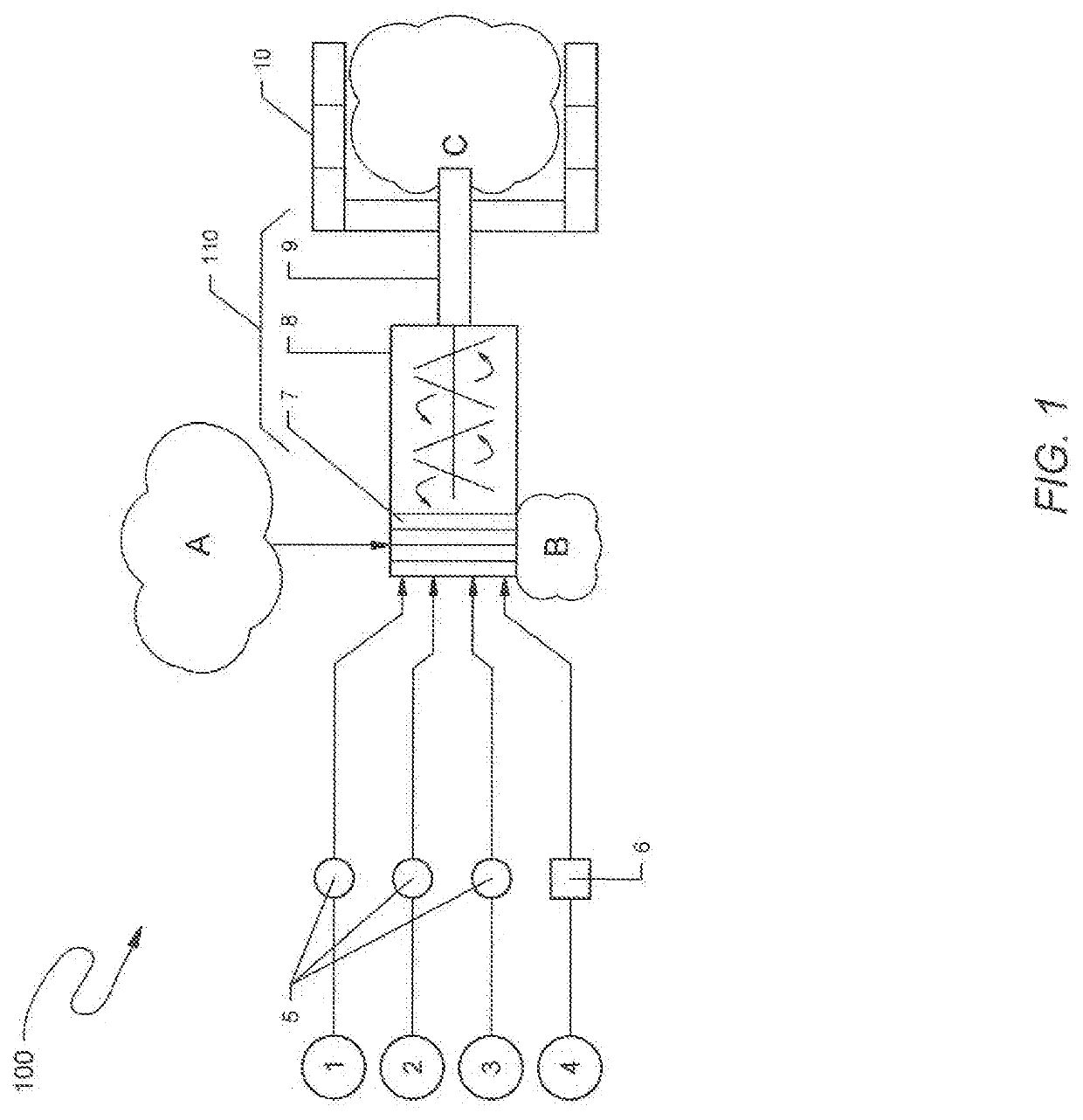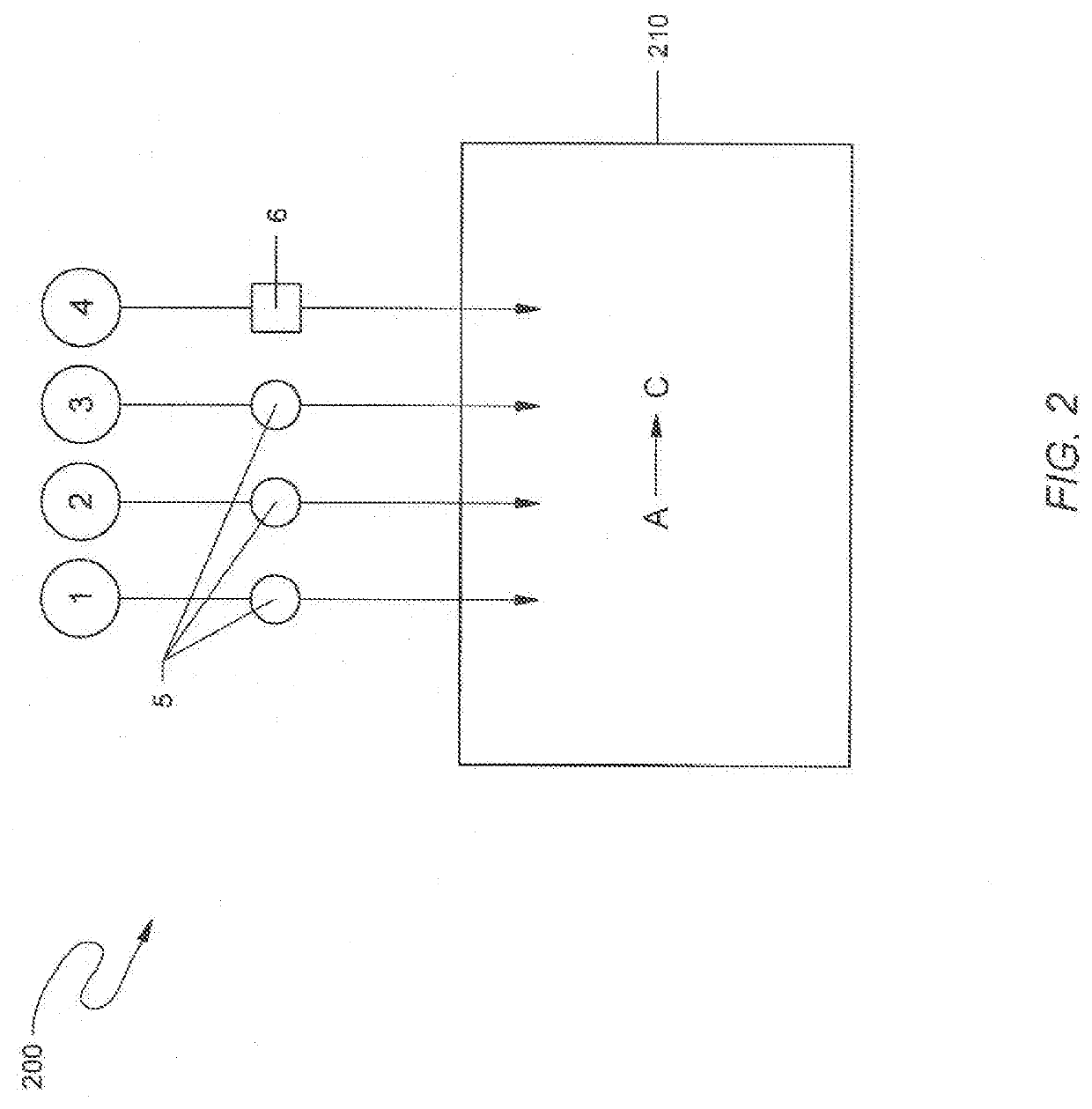Method and reagents for treating materials contaminated with mercury, pfas, or other contaminants
a technology of pfas and contaminated materials, applied in the field of methods and reagents for treating materials, can solve the problems of difficult remediation, low concentration level of pfas (parts per trillion—ppt), and troubling environmental and health problems in the united states and the world, so as to reduce the leachability of metals, pfas, and other contaminants, and reduce the release of such contaminants into the environment. , the effect of enhancing the quality
- Summary
- Abstract
- Description
- Claims
- Application Information
AI Technical Summary
Benefits of technology
Problems solved by technology
Method used
Image
Examples
examples
[0087]A series of treatment studies applying the technology disclosed herein were applied to a variety of soils. Example 1 presents treatment data for mercury in soil obtained from the remediation site of a former chlor-alkali process that utilized a mercury cell to generate a bleaching product for paper. Example II presents data from the treatment of PFAS-impacted Class A biosolids obtained from a publicly-owned treatment works (POTW) for sanitary sewage. Example III provides data from the treatment of impacted soil sourced from a former large heavy manufacturing facility that contained PFAS as well as low levels of heavy metals and petroleum hydrocarbons. Examples IV-VIII present treatment results of soil obtained from a former manufacturing facility that utilized PFAS as a raw material in its manufactured products. Leachability tests included EPA, SW-846 Test Method 1311 Toxicity Characteristic Leaching Procedure—TCLP—Revision 0, 1992) for landfill leachate exposure, and Method 1...
example treatment
and Analytical Methods
[0089]Soil aliquots ranging from 300 g to over 2 kg were treated during the studies. All reagents were added on a by weight basis or reagent-to-sample mass basis directly to soil aliquots in glass mixing bowls placed on a top-loading balance, with solid additives added by spatula and liquid reagents added by pipettes and / or volumetric flasks. Soil and reagents were mixed in the mixing bowls using stainless steel spatulas by folding and knifing methods to replicate field mixing to the extent possible. After a period of 2-3 hours from final mixing, a subsample of the treated material was collected for specific analytical testing.
[0090]All sample matrices were containerized at the time of grab sample collection in new 5-gallon plastic buckets. Each bucket was returned to the lab during their respective treatment studies and individually mixed to apparent homogeneity. A subsample of each bucket was then obtained and sent to an analytical laboratory for specified an...
example i
[0094]Example I data from a study using the present invention to reduce the leachability of mercury in soil from a former chlor-alkali plant as determined by analyzing total mercury in extraction fluids of EPA's Method 1311 TCLP. As defined by the RCRA toxicity rule for characteristically hazardous waste, mercury in TCLP extract at a concentration >0.2 mg / L classifies the solid as a hazardous solid waste. Two of the soils (“L” and “M”) were sourced from beneath the mercury cell at the site, and the “N” soil was obtained from a tidal sediment / soil location just above the Mean Higher High Water line. L and M soils were separately collected as grab samples from the excavated site areas where elemental mercury droplets were observed and dispersed throughout the exposed soil. The tidal / soil (N) materials were obtained outside of the known limits of the mercury cell, but down-gradient from a former stormwater sewer alignment likely draining the area of the mercury cell building. The sampl...
PUM
 Login to View More
Login to View More Abstract
Description
Claims
Application Information
 Login to View More
Login to View More - R&D
- Intellectual Property
- Life Sciences
- Materials
- Tech Scout
- Unparalleled Data Quality
- Higher Quality Content
- 60% Fewer Hallucinations
Browse by: Latest US Patents, China's latest patents, Technical Efficacy Thesaurus, Application Domain, Technology Topic, Popular Technical Reports.
© 2025 PatSnap. All rights reserved.Legal|Privacy policy|Modern Slavery Act Transparency Statement|Sitemap|About US| Contact US: help@patsnap.com



